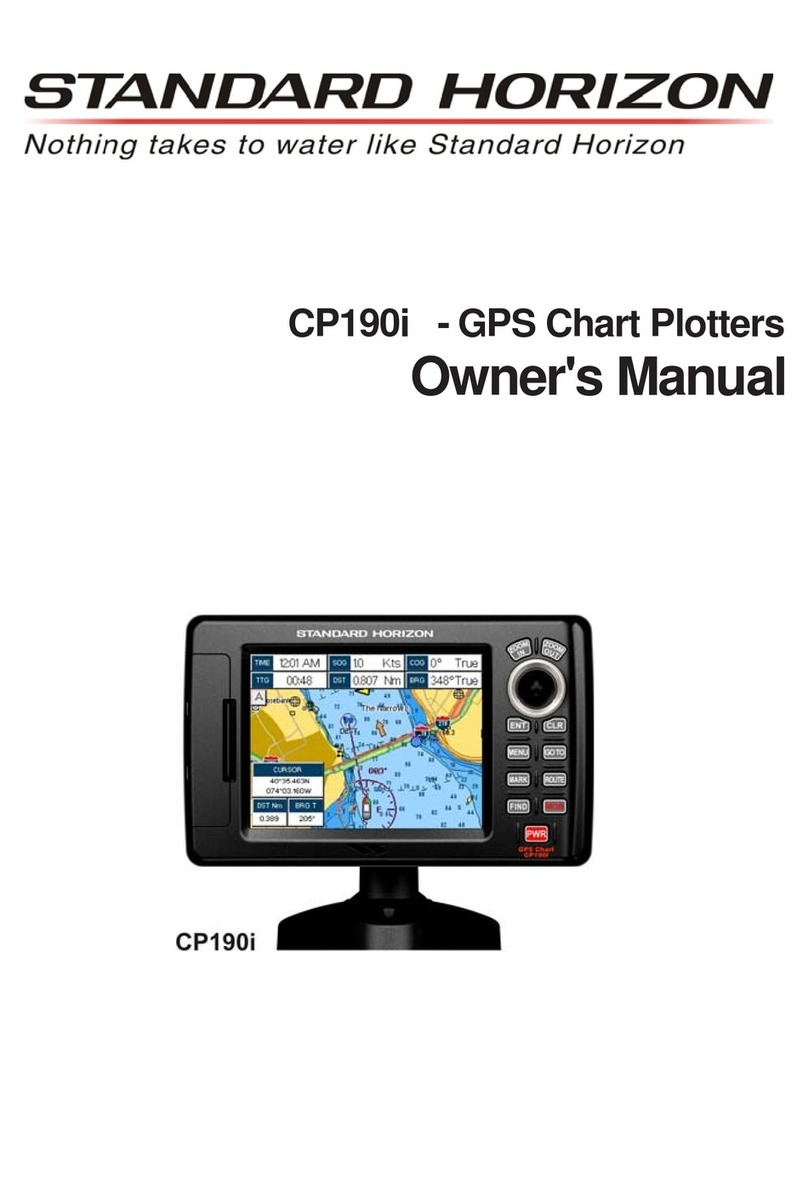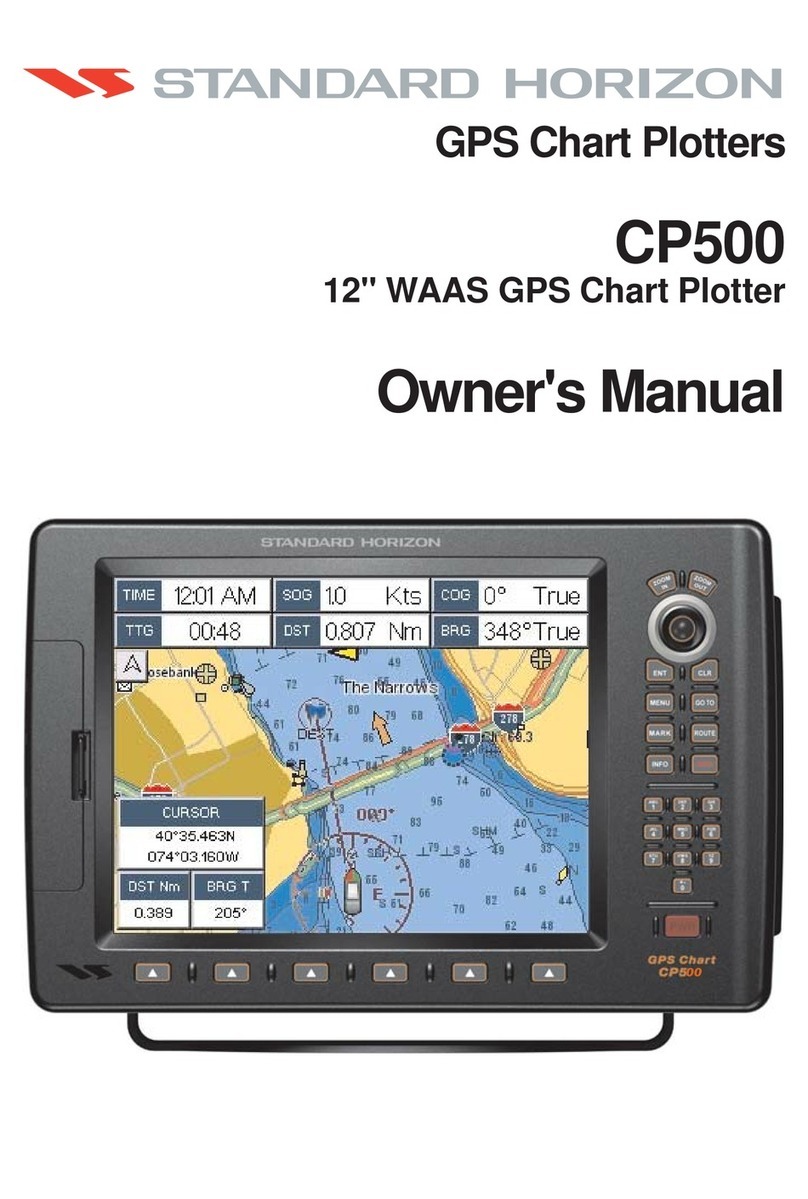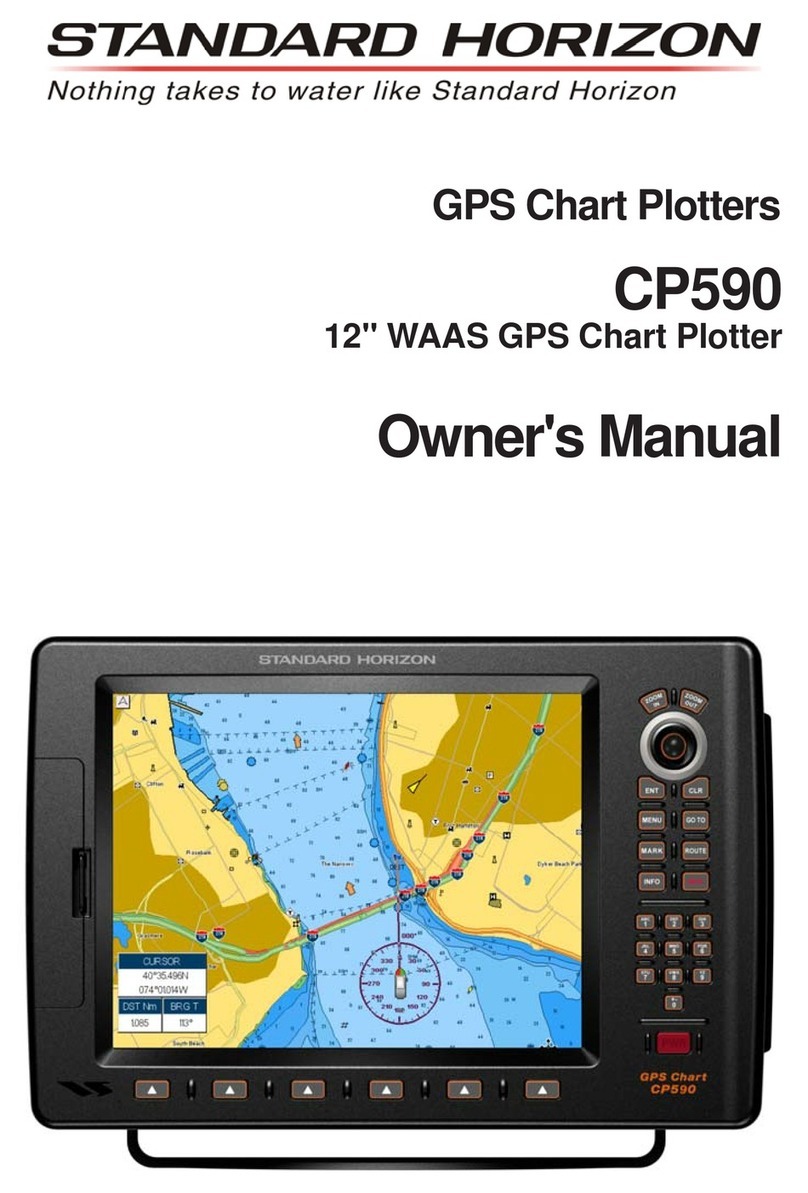
Page 8 CP390i
9.8 OTHER SETTINGS IN ROUTE MENU ..................................................................71
9.8.0 Route Check ..............................................................................................71
10. TRACKS ......................................................................................................73
10.0 TRACKING ......................................................................................................73
10.0.0 Saving and Starting a New Track ..............................................................74
10.0.1 Deleting a Track.........................................................................................74
10.0.2 Other Settings ............................................................................................ 74
10.1 TRIP LOG ......................................................................................................75
10.1.0 Using the Trip Log .....................................................................................75
10.1.1 Setup / Reset .............................................................................................75
11. USER C-CARD ......................................................................................................76
11.0 USER C-CARD MENU ...........................................................................................76
11.0.0 Formatting the Optional User C-CARD .....................................................76
11.0.1 Transferring Files to the Optional User C-CARD ......................................76
11.0.2 Loading a File from the Optional User C-CARD .......................................77
11.0.3 Deleting a File from the OptionalUser C-CARD ........................................ 77
11.0.4 Refreshing the Optional User C-CARD ..................................................... 77
12. PAGES ......................................................................................................78
12.0 CHART PAGE ...................................................................................................... 79
12.0.0 Focus Soft Key on Dual Chart Page .........................................................79
12.0.1 Single Chart Page......................................................................................80
12.0.2 Window Selections ....................................................................................81
12.0.3 Customizing Data Windows....................................................................... 81
12.0.4 Additional Functions on Chart Page: Information on Objects................... 83
12.0.5 Display Mode .............................................................................................83
12.0.6 Marine Settings ..........................................................................................84
12.0.7 Depth Settings ........................................................................................... 85
12.0.8 Land Settings .............................................................................................85
12.0.9 Chart Settings ............................................................................................ 86
12.0.10Underwater Objects Settings .....................................................................87
12.1 CUSTOMIZING CHART SETTINGS ......................................................................87
12.2 NAVIGATION PAGE .............................................................................................. 87
12.3 HIGHWAY PAGE ...................................................................................................88
12.4 CELESTIAL PAGE .................................................................................................89
12.5 GPS STATUS PAGE .............................................................................................. 90
12.5.0 GPS Setup Menu .......................................................................................90
12.5.1 WAAS/EGNOS Setting..............................................................................91
12.6 NMEA DISPLAY PAGE ..........................................................................................91
12.7 NMEA DATA PAGE................................................................................................92
12.8 NMEA TREND PAGES ..........................................................................................92
12.9 VHF DIGITAL SELECTIVE CALLING ....................................................................93
12.9.0 Interfacing ..................................................................................................93
12.9.1 Distress Call............................................................................................... 93
12.9.2 Position Request........................................................................................ 94
12.9.3 DSC Directory ............................................................................................94
13. ADVANCED SETTINGS ................................................................................................... 96
13.0 INPUT/OUTPUT (NMEA, AIS, RADAR) ................................................................96
13.0.0 Input ......................................................................................................96
13.0.1 Ouput ......................................................................................................96
13.1 NAVIGATE ......................................................................................................97
13.1.0 Loran TD ....................................................................................................97

































